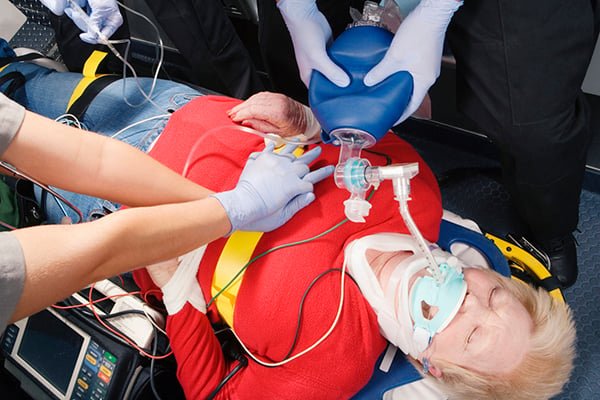Advanced Resuscitation Medicine
Advanced Resuscitation Medicine: Cardiac Arrest Management, Death, and Beyond
Dec. 15, 2020
CPR is a longstanding intervention in out-of-hospital cardiac arrest. But how do we transform this age-old treatment with today's advances in technology, and to where do we turn when CPR alone is ineffective? EMRA*Cast host Dr. Shreyans Sanghvi takes a deep dive into the history, current practice, and future direction of cardiac arrest management and advanced resuscitation medicine with research pioneers Dr. Lance Becker and Dr. Sam Parnia.
Host
Shreyans Sanghvi, DO
Fellow, medical education
UTHealth Houston McGovern Medical School
EMRA*Cast Episodes
Guests
Lance Becker, MD
Chair, Emergency Medicine
Northwell Health North Shore - LIJ
Sam Parnia, MD, PhD
Director, Critical Care Research
NYU Langone Medical Center
@SamParniaMDPhD
Overview
Each year hundreds of thousands of Americans suffer from cardiac arrest out of the hospital. CPR has been a core tenet in the rescue algorithm for patients in cardiac arrest, but how do we transform this age-old treatment with today's advances in technology, and to where do we turn when CPR alone is ineffective?
Dr. Lance Becker, chair of Emergency Medicine at Northwell Health North Shore - LIJ, and Dr. Sam Parnia, director of Critical Care Research at NYU Langone Medical Center, discuss lessons they've learned along the way dedicating their lives to the research and treatment of patients in cardiac arrest.
Key Points
- CPR is the single most-effective measure in the resuscitation of patients in cardiac arrest.
- CPR when used in tandem with real-time biomarkers such as end tidal CO₂, arterial line pressure, and ultrasound can be utilized to monitor CPR efficacy in real time.
- A team-focused, multi-disciplinary video review of cardiac arrest management can help improve outcomes in patients and identify barriers to achieving adequate reperfusion.
- Upon achieving ROSC, provider efforts should be dedicated to minimizing the amount of reperfusion injury patients incur.
- Providers should resist the urge to correct acidosis (in the immediate post-ROSC phase) by increasing the ventilator respiratory rate, as decreased CO₂ levels can precipitate cerebral vasoconstriction and worsen brain ischemia.





